Tai Joon An, M.D.
1
, Jin Woo Kim, M.D., Ph.D.
2, Eun Young Choi, M.D., Ph.D.
3, Seung Hun Jang, M.D., Ph.D.
4, Hwa Young Lee, M.D., Ph.D.
5, Hye Seon Kang, M.D., Ph.D.
6, Hyeon-Kyoung Koo, M.D.
7, Jong Min Lee, M.D.
5, Sung-Kyung Kim, M.D.
8, Jong-Wook Shin, M.D., Ph.D.
9, So Young Park, M.D.
10, Chin Kook Rhee, M.D., Ph.D.
5, Ji-Yong Moon, M.D., Ph.D.
11, Yee Hyung Kim, M.D., Ph.D.
12, Hyun Lee, M.D., Ph.D.
13, Yong Hyun Kim, M.D., Ph.D.
6, Je Hyeong Kim, M.D., Ph.D.
14, Sang Haak Lee, M.D., Ph.D.
15, Deog Kyeom Kim, M.D., Ph.D.
16, Kwang Ha Yoo, M.D., Ph.D.
17, Dong-Gyu Kim, M.D., Ph.D.
18, Ki-Suck Jung, M.D., Ph.D.
4, Hui Jung Kim, M.D., Ph.D.
19, Hyoung Kyu Yoon, M.D., Ph.D.
1
; on behalf of the Cough Study Group of the Korean Academy of Tuberculosis and Respiratory Diseases
1Division of Pulmonary, Allergy and Critical Care Medicine, Department of Internal Medicine, Yeouido St. Mary's Hospital, College of Medicine, The Catholic University of Korea, Seoul, Korea.
2Division of Pulmonology and Critical Care Medicine, Department of Internal Medicine, Uijeongbu St. Mary's Hospital, College of Medicine, The Catholic University of Korea, Uijeongbu, Korea.
3Division of Pulmonary and Allergy, Department of Internal Medicine, Regional Respiratory Center, Yeungnam University Hospital, Daegu, Korea.
4Division of Pulmonary, Allergy, and Critical Care Medicine, Department of Medicine, Hallym University Sacred Heart Hospital, Hallym University College of Medicine, Anyang, Korea.
5Division of Pulmonary, Allergy and Critical Care Medicine, Department of Internal Medicine, Seoul St. Mary's Hospital, College of Medicine, The Catholic University of Korea, Seoul, Korea.
6Division of Pulmonary, Allergy and Critical Care Medicine, Department of Internal Medicine, Bucheon St. Mary's Hospital, College of Medicine, The Catholic University of Korea, Bucheon, Korea.
7Division of Pulmonary and Critical Care Medicine, Department of Internal Medicine, Ilsan Paik Hospital, Inje University College of Medicine, Goyang, Korea.
8Division of Pulmonology, Department of Internal Medicine, St. Vincent's Hospital, College of Medicine, The Catholic University of Korea, Suwon, Korea.
9Division of Pulmonary, Allergy, and Critical Care Medicine, Department of Internal Medicine, Chung-Ang University College of Medicine, Seoul, Korea.
10Division of Pulmonary and Critical Care Medicine, Chungnam University Medical Center, Daejeon, Korea.
11Department of Internal Medicine, Hanyang University Guri Hospital, Hanyang University College of Medicine, Guri, Korea.
12Department of Pulmonary and Critical Care Medicine, Kyung Hee University Hospital at Gangdong, Seoul, Korea.
13Department of Internal Medicine, Hanyang University College of Medicine, Seoul, Korea.
14Division of Pulmonary, Department of Internal Medicine, Korea University Ansan Hospital, Ansan, Korea.
15Division of Pulmonary, Critical Care and Sleep Medicine, Department of Internal Medicine, St. Paul's Hospital, College of Medicine, The Catholic University of Korea, Seoul, Korea.
16Division of Pulmonary and Critical Care Medicine, Department of Internal Medicine, Seoul Metropolitan Government-Seoul National University Boramae Medical Center, Seoul National University College of Medicine, Seoul, Korea.
17Division of Pulmonary, Allergy and Critical Care Medicine, Department of Internal Medicine, Konkuk University School of Medicine, Seoul, Korea.
18Division of Pulmonary, Allergy and Critical Care Medicine, Hallym University Kangnam Sacred Heart Hospital, Seoul, Korea.
19Division of Pulmonary and Critical Care Medicine, Department of Internal Medicine, Wonkwang University Sanbon Hospital, Wonkwang University School of Medicine, Gunpo, Korea.
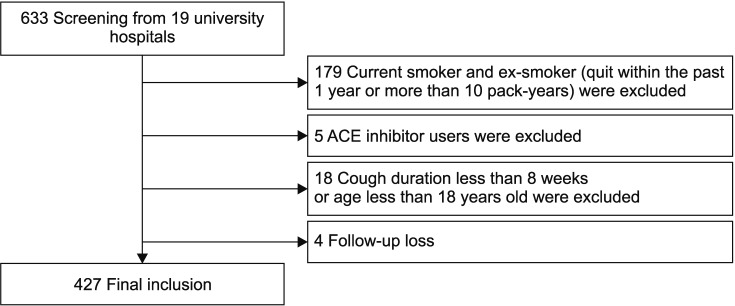

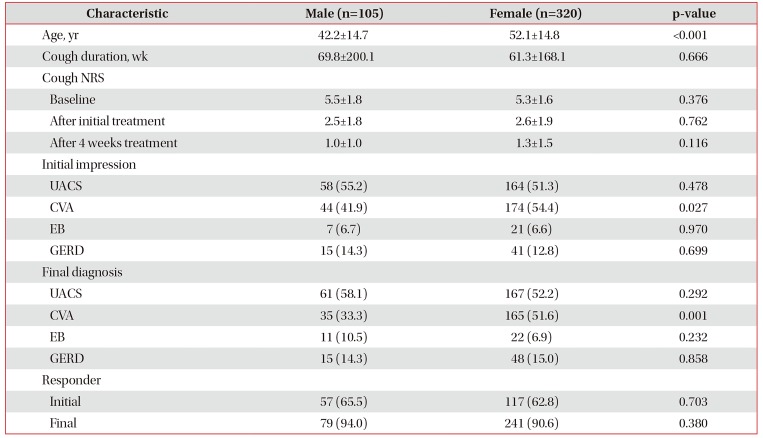
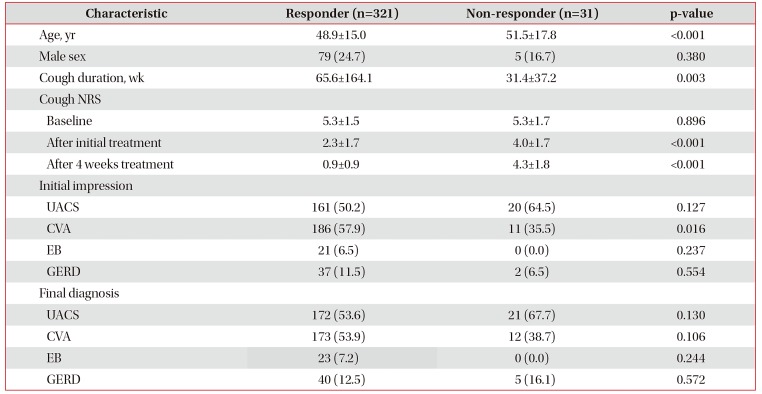
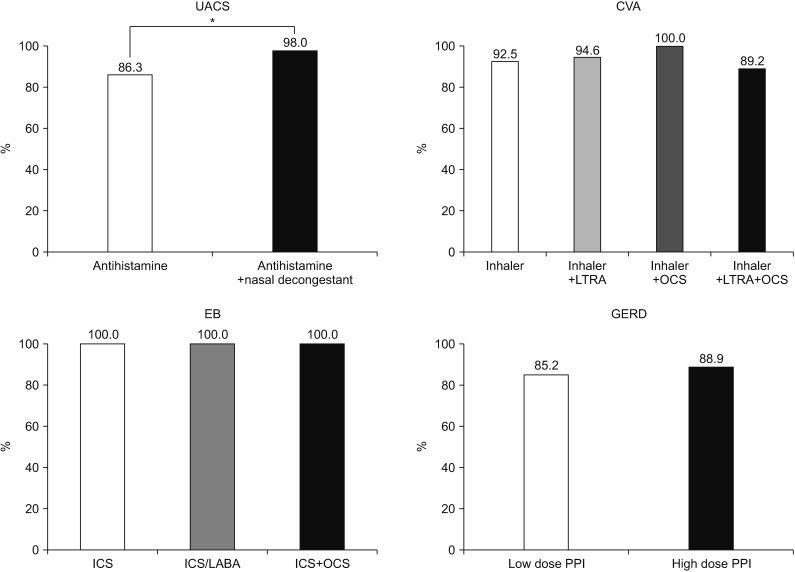
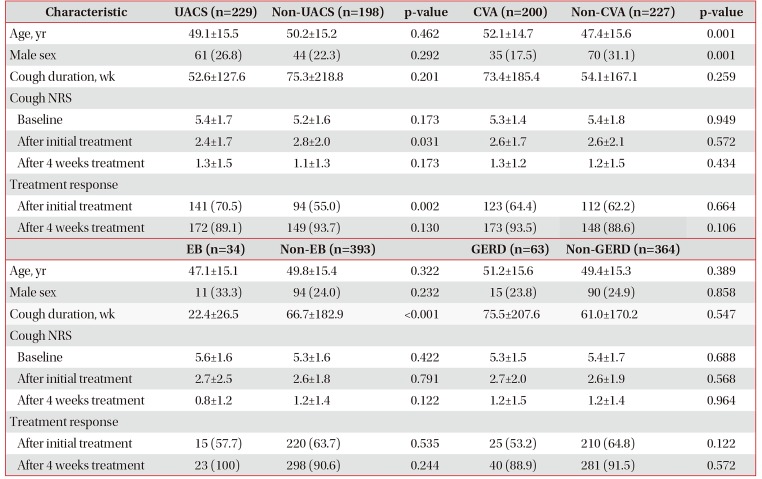




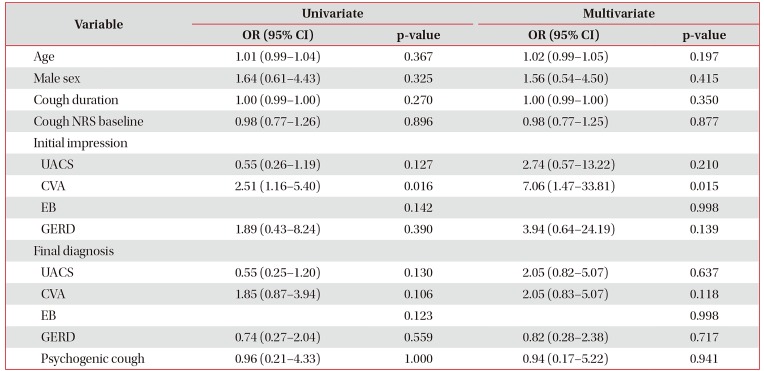




 PDF
PDF ePub
ePub Citation
Citation Print
Print



 XML Download
XML Download